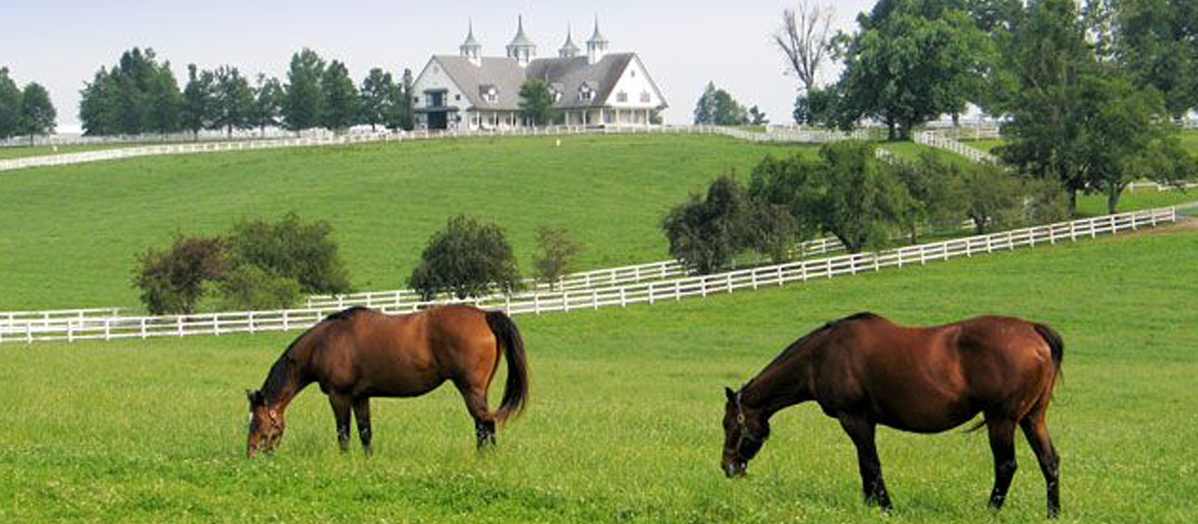365 Days in Horse Country – The Hackney

A horse called the Norfolk Trotter was the predecessor of the modern day Hackney, which is a high-stepped show horse considered rare by the Livestock Conservancy.
The Norfolk Trotter was bred for style and speed, pulling fancy carriages in England during Georgian times. In the mid-1700s, breeders put Norfolk mares to Thoroughbreds, and the foundation of the Hackney horse was laid. Over the next fifty years, the breed was fine tuned to a swift trotting horse. In 1883, the Hackney Stud Book Society was founded in England.
In the late 1800s, the Hackney horse was popular for pulling fine carriages in both England and North America. In 1891, the American Hackney Horse Society was founded to preserve the breed in the United States. The Hackney Horse Stud Book Society in England is now called the Hackney Horse Society and maintains a breeed registry in the United Kingdom.
The Hackney comes in two types: horse and pony. Both are the consummate show animal, and both feature an elegant conformation and high-stepping gait. In the show ring, Hackney horses compete in driving, riding, and showmanship, and have been shown in dressage. Hackney horses are over 14.2 hands.
Hackney ponies, which are 14.2 hands or smaller, are shown in four divisions depending on their height and type. The Cob Tail pony is 14.2 hands and under at the withers. Long Tail ponies measure 12.2 hands or under at the withers, and Roadster Ponies are 14.2 hands or under.
Both Hackney horses and ponies come in black, brown, bay, and chestnut. They have a small head, a delicate muzzle and ears, and long necks.
Michael







